In the middle of the 19th century, the streets of Zanzibar were full of slaves. Some stayed on the island and others were just passing through before being sold to the largest slave market in East Africa. All the slaves came from the African continent and were transported to the Middle East by Indian, Arab and European traders who profited from this poor business of human trafficking. It was not until 1909 (very recent) that slavery was finally abolished from the island of Zanzibar. This is a very recent part of Zanzibar’s history that we will try to summarize in the next article, although the best way to learn about this experience is to visit the old slave market and the museum in Stone Town.
The slaves in Zanzibar came from a large region of mainland Africa between Lakes Malawi, Tanganyika and Lake Victoria. They came from very different cultures, traditions and languages. They were from various tribal groups, often fighting among themselves in search of land to feed their cattle and gain power.

With the caravans of the first European and Arab explorers of the mid-nineteenth century, a trade route was built where large groups of porters took advantage to get ivory, occupy territory, and displace tribal groups when they could. The growing demand for slave labor to other continents caused many local tribes to clash with each other with the premeditated goal of capturing people from the other group, enslaving them, and selling them to the large caravans taking them to an island called Zanzibar, the point of departure of the explorers to the interior of the continent and the point of arrival of the slaves to the outside.
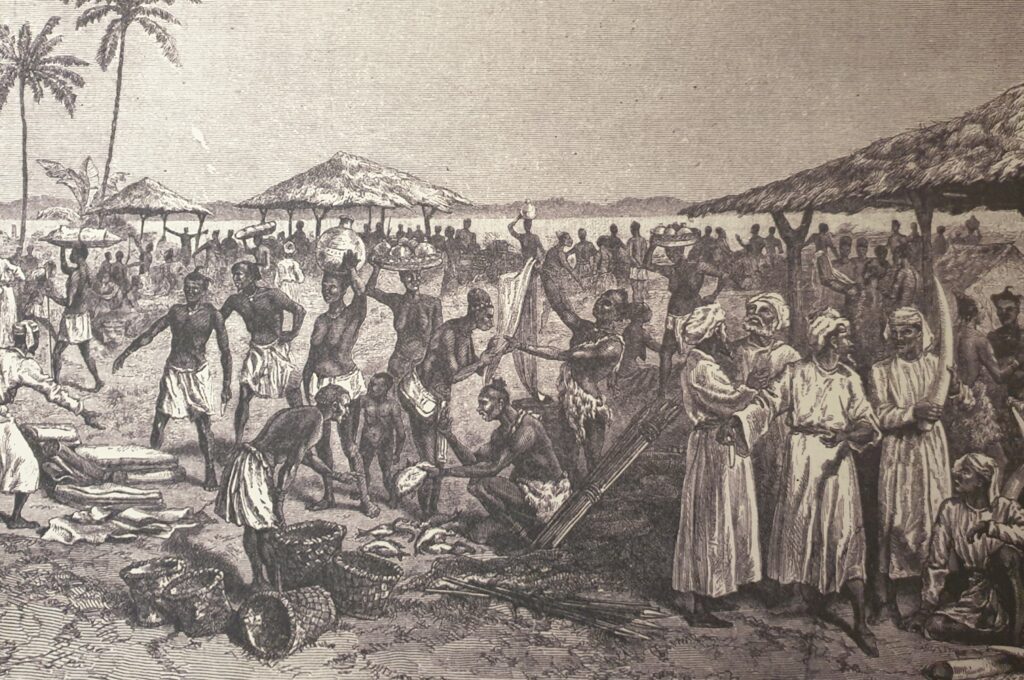
The slaves were taken in large caravans to the east coast of the continent, on a journey that could last many days without food or water, in subhuman conditions. They walked in chains and many died on the way before being taken by boat to Zanzibar from the route of Kilwa, Bagamayo and Pangani. Many of the slaves were entire families of men and women (many of them forced into prostitution, cooking, and loading goods) who traveled with their children. “We traveled for more than a month, and a lot of people died along the way… We would keep walking for 15 days in a row, with almost no water… Only the children walked without chains, but the adults were all chained to prevent them from escaping this torture ”(member of the Nyasa tribe telling his story when he was a child traveling with these caravans).
Some of the slaves were sold in small markets that were created during the journey to Zanzibar, and were then transported in another caravan of porters, thus causing a new lucrative business also in the interior of Africa among small traders. The further inland they went, the cheaper the slaves were; which caused an expansion of slave routes into the interior of the continent due to increasing demand for slave labor during the 19th century and the search for better prices. Consider that by the 1850s, the most common caravans were of more than a thousand people who not only captured slaves to move them to Zanzibar, but also used them to work in the mainland’s agricultural fields or as carriers of ivory and the materials they traded on the trade route. In the 19th century, Zanzibar was the world’s largest exporter of ivory to the city of Connecticut, USA. “On our trade route, it is common to buy an ivory tusk and a slave to take to Zanzibar. Then, once on the island, both the slave and the ivory are sold ”(Michael W. Shepard, merchant visiting Zanzibar in 1844).
One of the most important slave traders in Zanzibar was Tippu Tip (1837-1905). The son of a Swahili merchant on the inland trade route and an Omani woman of Zanzibar’s high social status, he controlled a large area of East and Central Africa. During the late 19th century, Tippu Tip established one of the most important monopolies for the sale and purchase of ivory, making him one of the most powerful men in Zanzibar. When he died in 1905, he was estimated to have about 10,000 slaves working for him and his business.
When slaves arrived in Zanzibar, the first stop was the Customs House, where each owner had to pay a fee for each slave he carried. The slaves were then taken to the largest market in East Africa, Stone Town, where they were prepared, exhibited and sold at auctions held among the traders of this plundering business.
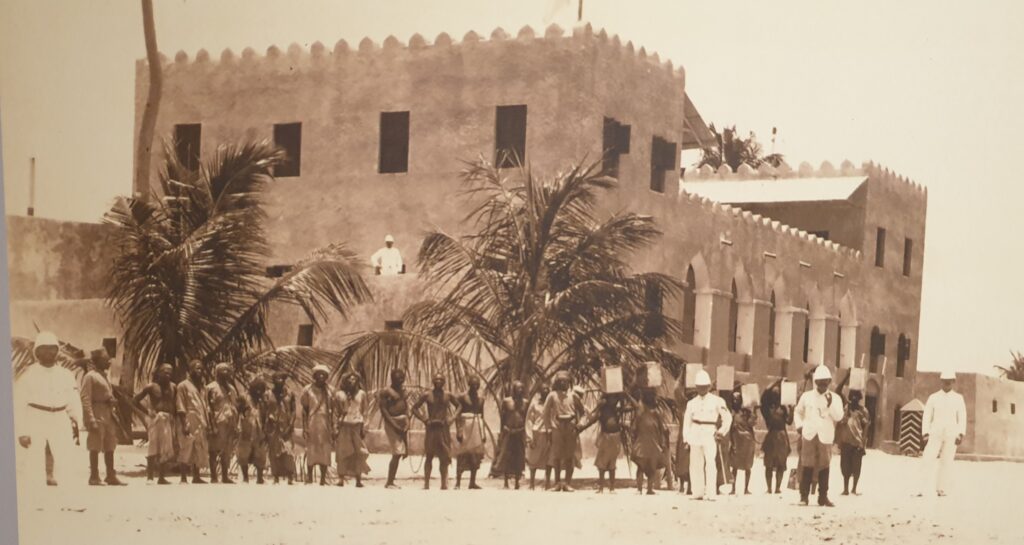
Thomas Smee, commander of the British research ship Ternate, describes in 1811: “The show starts around 4pm. The slaves come out prepared with their skins clean and smeared with cocoa nut oil, their faces painted red with white lines and their hands, nose, ears and feet decorated with gold and silver bracelets and rings. At the beginning of the row, made up of both sexes and classified by age -in ages between 6 and 60 years old- and from youngest to tallest, walks the person who owns those slaves accompanied by two domestic slaves who act as guard. When the procession of slaves around the market begins, at the slightest interest of a spectator, the line stops and the process of examining the slave concerned begins: check that there is no “defect” in speech, the ear and its limbs; that he has no palpable disease; and examines the mouth, the teeth, and all parts of the body…” Some slaves were whipped in public to see which was the strongest and could be sold at a higher price. Others were kept in low and small rooms for many days so that only those who endured in these very poor conditions remained.
During the visit to the slave market, you will be able to see what it was like one of these rooms where up to 50 people gathered, in a tiny space designed for far fewer people.
The price of slaves varied according to their condition. The older ones had a very low price as a short life was expected for them. Among slave women, the highest prices were for those who worked at home. The weakest were sold in quantity at a ridiculous price; while the stronger ones (whipped in public to see if they withstood the blows and didn’t complain) were sold at a higher price.
The slave market was attended by merchants, traders, citizens and businessmen from the Arabian Gulf, India, the islands of the Indian Ocean, Europe and Zanzibar itself who bought the slaves to carry out the agricultural tasks of clove production, a species widely used in cuisine around the world and rapidly expanding during the second half of the nineteenth century. Zanzibar became the world’s largest clove producer by cultivating large tracts of land of this species and using the physical strength of slaves. There is a simultaneous relationship between the growth of cloves crops and the arrival of more slaves on the island that explain the importance of this agriculture in the history of Zanzibar.
Some European explorers, such as David Livingstone, horrified when they saw the practices taking place on the African continent and pressured the British Empire to stop this practice which they themselves had begun in the Atlantic since mid-16th century. During the 19th century, through the diaries of explorers and messages from parliamentarians in the British Empire, initiatives were taken to abolish the practice of slavery. It was not, however, until 1834 that this became illegal in all British-dominated territories.
However, slavery was still carried out in Zanzibar as it was an island with a British protectorate but run by Omani sultans who had a very lucrative business with the sale of slaves in the Middle East. Under various pressures from British commanders such as John Kirk on Sultan Barghash, slavery was abolished on June 5, 1873 and all slave markets were closed. The transport of slaves by ship from mainland Africa also became illegal, as did their caravans.
Nevertheless, many tradesmen who had this practice as their main business continued to sell slaves; and it was not until 1909 that slavery was completely abolished by granting a law to slaves to become free from all property.
But slavery is an almost impossible state to escape. When you have the opportunity to be free but you have always been a slave, the new future that lies ahead scares you. Freedom often had a cost and was a complex process. Without a place to live, no education, no means of survival, many slaves had no choice and continue working for their masters. Some tried to find a better life in the cities and recover their traditions that had been banned during all their years of slavery.
Currently, according to the 2014 Modern Day Slavery Index, slavery is a practice that is still practiced in some parts of the world. 26% of slaves today are children under the age of 18, while 55% of slaves are women. The 10 countries with the highest percentage of slaves in “modern life” are China, Pakistan, India, Uzbekistan, Russia, Nigeria, Congo, Indonesia, Bangladesh and Thailand. 150 years ago, one of the most important countries with the presence of slaves was Zanzibar.
Visiting the old slave market and the Stone Town Museum is one of the ways to see with your own eyes the recent atrocities that human beings can do and how important it is to educate so that these events do not happen again. .

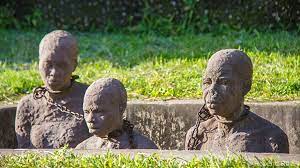




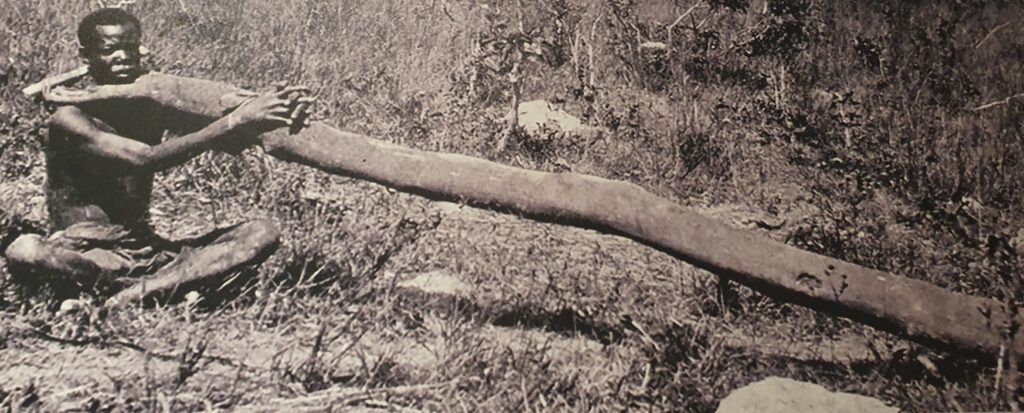


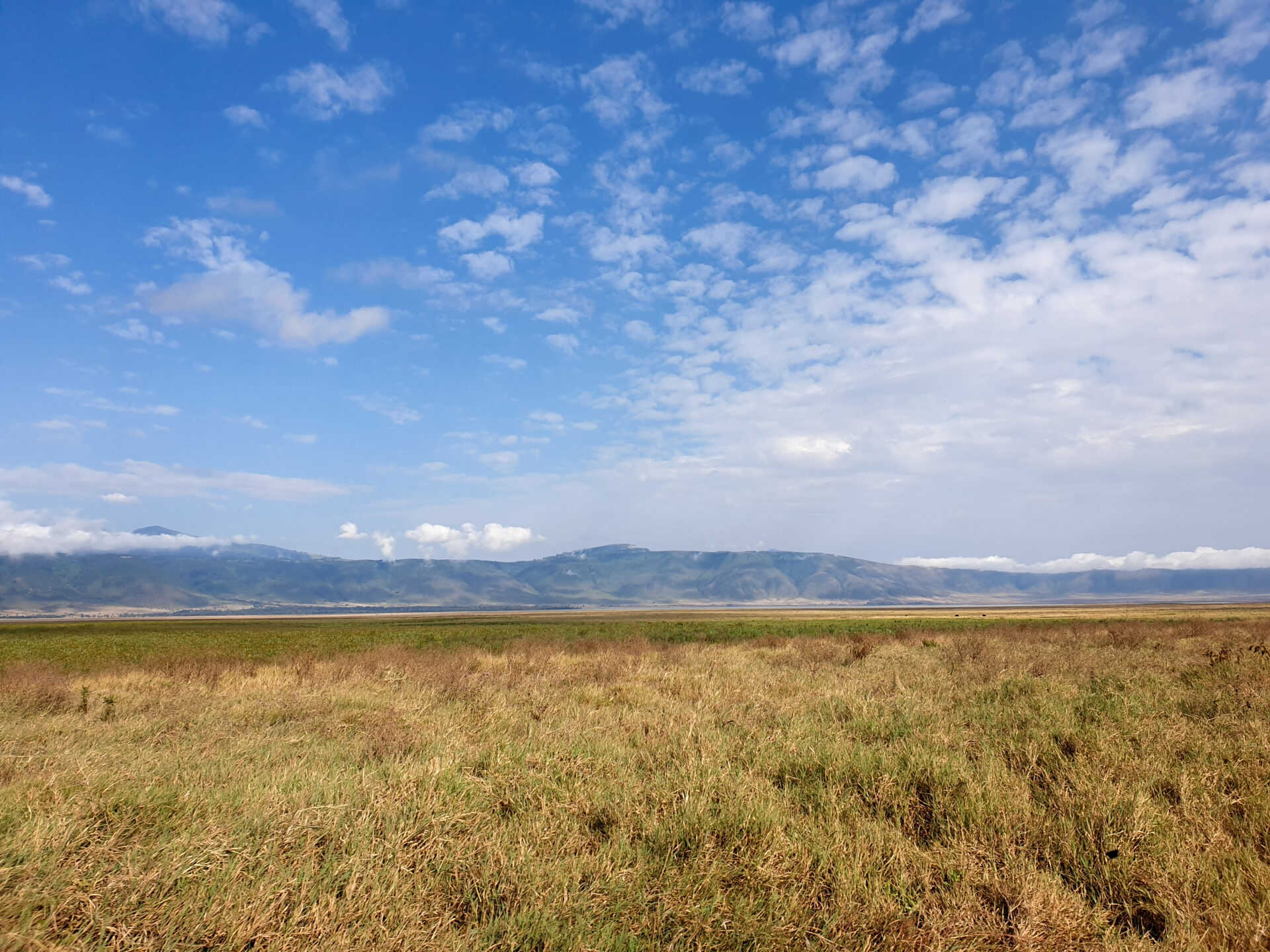

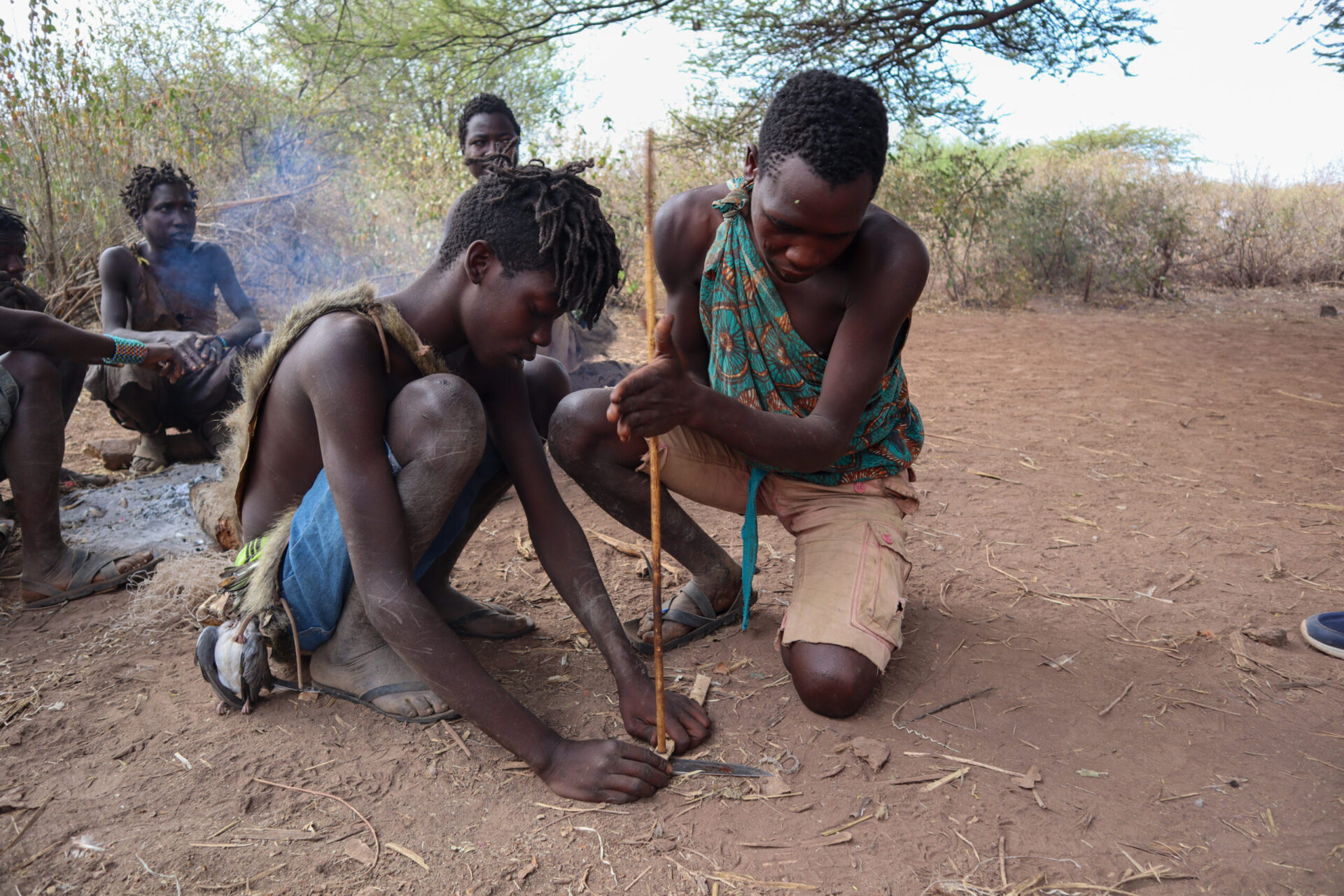


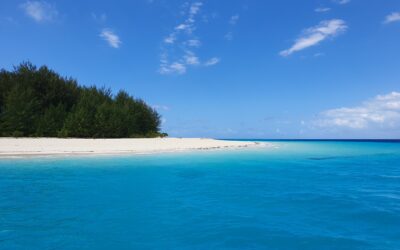
0 Comments